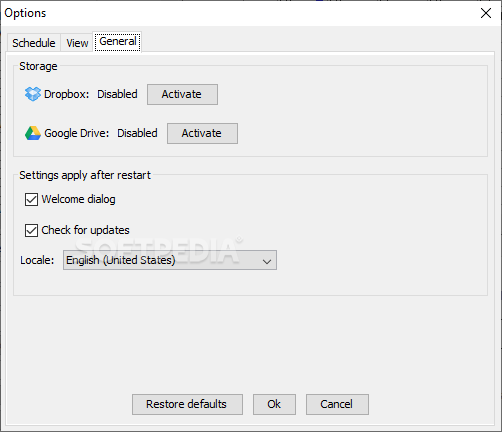
- #MOOS PROJECT VIEWER REPORTS INSTALL#
- #MOOS PROJECT VIEWER REPORTS PATCH#
- #MOOS PROJECT VIEWER REPORTS CODE#
- #MOOS PROJECT VIEWER REPORTS PROFESSIONAL#
They bundle the exact versions of the tools you need, including MOOS/MOOD-IvP, along with all of your app’s dependencies, be they modules or system libraries.
#MOOS PROJECT VIEWER REPORTS INSTALL#
Snaps install and run the same across Linux. Millions of users can browse and install snaps graphically in the Snap Store or from the command-line. What problems do snaps solve for MOOS applications? With snapcraft, it’s one command to produce a bundle that works anywhere and can be automatically updated. There’s no standard packaging in MOOS: typically one builds both MOOS (or MOOS-IvP) and the MOOS application from source.Īll this that means not only is the initial distribution difficult, but getting updates is an exercise left to the reader. System dependencies, which differ from distribution to distribution, must be separately installed. Luck." You might find his approach highly useful in your project(s).Linux install instructions for MOOS applications often get complicated. I encourage you to read The Goal and Goldratt's follow up book, "It's Not The most critical element, in practice where the bottleneck is located (theīiggest constraint) tends to define the project's progress. While the path to the project's goal might appear to senior executives as The replacement is Eliyahu Goldratt's "Theory ofĬonstraints" as described in his book, "The Goal." Most recently I learned that this is often not the appropriate, or most Years ago I used TimeLine in DOS for project management when I worked forĬonsulting companies and that was based on critical path management (CPM). Offering a suggestion based on my finding and using TJ for a large wetland Practice I'm usually the only one working on a project. #MOOS PROJECT VIEWER REPORTS PROFESSIONAL#
I'm not a professional project manager and in my environmental consulting

> Yes, tj2 could display the critical path in a gantt chart report, but tj3 > I haven't found a good way to generate a critical path report within tj3.
I load the resultant Microsoft Project XML file (actually, MSPDI) into Gnome Planner or projectlibre and then enable the critical path calculation and generate your report or just view the project in the applicaiton. I notice that mspxml is no longer listed in the "formats" section of the documentation which leads me to think that it is or will soon be deprecated, but it is working for now. it is a special report that I do manually and only periodically.) (Note: I don't do this with every tj3 run. Take the output of a TaskJuggler report and process it in another, third party tool that can generate critical path reports. Next, I tried using an XML report from TaskJuggler and again used Plotly to generate the report and I had slightly better success with that, but it was a lot of work. I wrote something for myself in Python using the Pandas and Plotly libraries that sort of did what I wanted, but there were so many corner cases that it broke as often as it worked. 
Write an external application yourself that takes the output of a set of values from a TaskJuggler report and generates a critical path report of some sort.
#MOOS PROJECT VIEWER REPORTS PATCH#
Nontrivial and slightly problematic when new TaskJuggler releases occur and you have to patch them with your custom report code.
#MOOS PROJECT VIEWER REPORTS CODE#
I have done some of this, that is to say I have hacked the TaskJuggler ruby code but I haven't actually submitted a pull request for my custom reports because I don't think that they are of general interest. 
Hack the TaskJuggler ruby code to generate the report you want and then when you get something you like, submit a pull request and maybe Chris will include it in future releases.







 0 kommentar(er)
0 kommentar(er)
